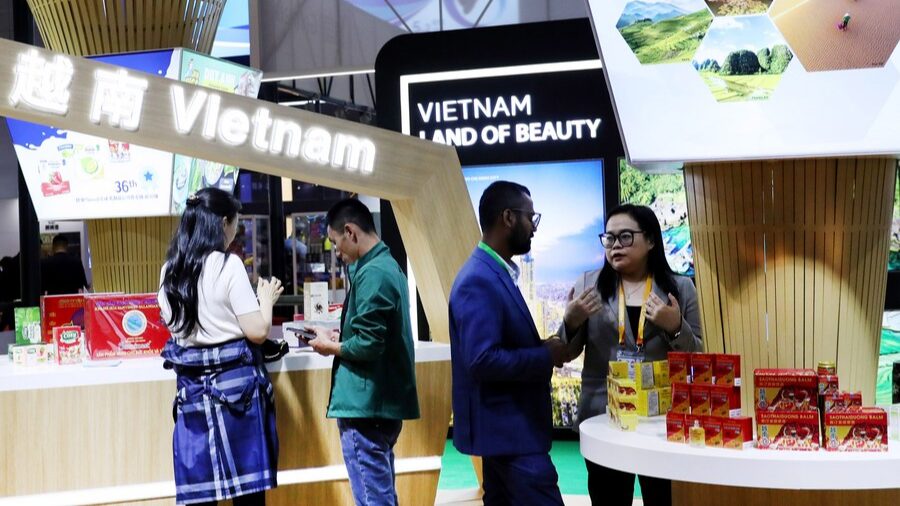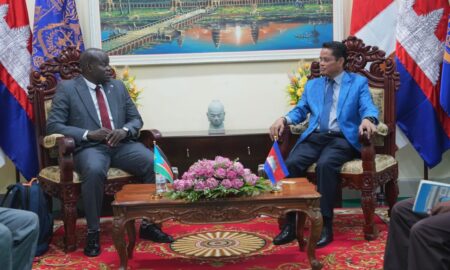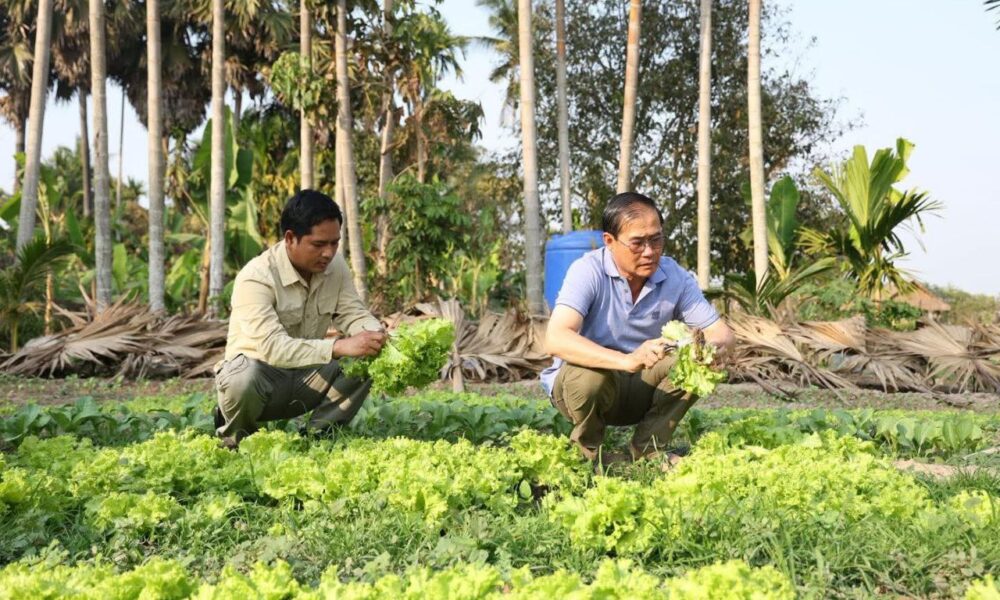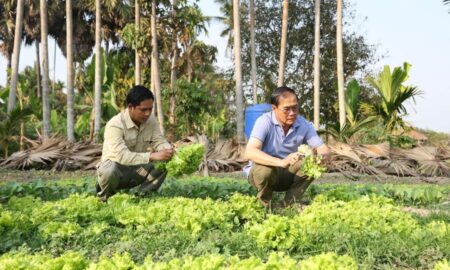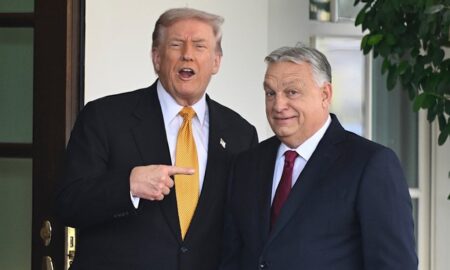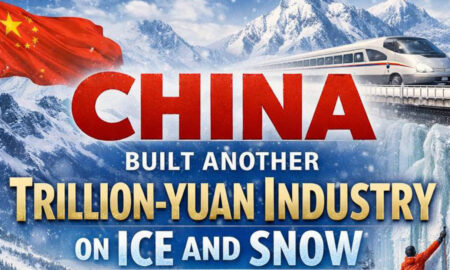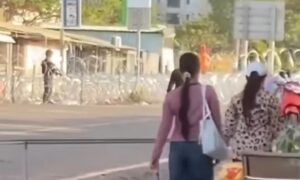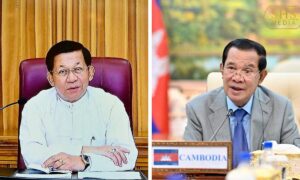Editor’s note: Hannan Hussain, a special commentator on current affairs for CGTN, is co-founder and senior expert at Initiate Futures, an Islamabad-based policy think tank. The article reflects the author’s opinions and not necessarily the views of CGTN.
General Secretary of the Communist Party of Vietnam Central Committee and Vietnamese President To Lam’s three-day visit to China, kicking off on August 18, is his first trip abroad since assuming office. “This says a lot about the great importance that he attaches to the relations between the two parties and countries,” the Chinese Foreign Ministry said in a statement.
In terms of economic and trade cooperation, Lam’s visit is strategically significant. Both China and Vietnam have accomplished plenty over the years to improve the livelihoods and well-being of their people.
China continues to be Vietnam’s top trading partner and its second largest export market and has streamlined access procedures for Vietnamese agricultural products. Goods trade between the two countries crossed $200 billion in 2023, and Chinese enterprises are likely to expand their investment footprint in Vietnam. General Secretary of the Communist Party of China Central Committee and Chinese President Xi Jinping made a landmark visit to Vietnam last year, giving momentum to the relationship.
Building on this momentum will further entrench economic and trade cooperation as a hallmark of China-Vietnam relations, create new access points for export firms, and help both countries chart an even stronger consensus on common development.
This year, bilateral trade reportedly hit nearly $100 billion in the first six months and Vietnam continues to be China’s largest trading partner within the Association of Southeast Asian Nations (ASEAN). This progression should be assessed against the backdrop of Xi’s visit to Vietnam in 2023, which resulted in joint commitments to boost long-term cooperation targets.
The Regional Comprehensive Economic Partnership, the world’s largest trading bloc of which both China and Vietnam are members, the China-ASEAN Free Trade Area, and the China Import and Export Fair, China’s oldest trade fair held annually in Canton in the south, are all promising avenues to increase competitiveness of market products and promote trade growth. Lam’s visit is an occasion for both sides to take stock of these achievements, promote a common vision for aligning markets, and increase favorable exposure for their local industries and manufacturers.
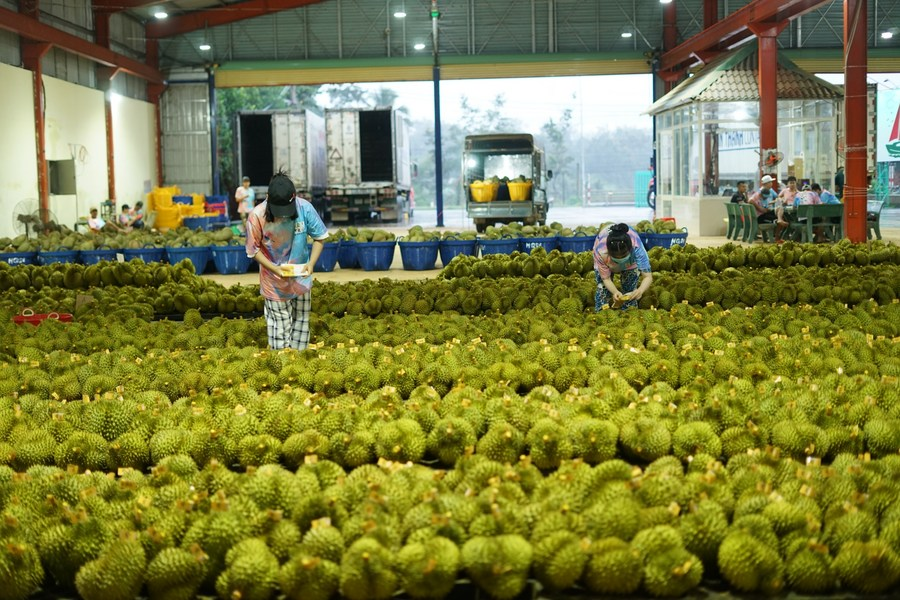
Durians to be exported to China are labeled at a processing plant in Dak Lak province, Vietnam, September 15, 2023. /Xinhua
Over the years, Vietnam and China’s economic engagement has been driven by considerable multisector interests. There are already formal agreements in the digital economy, green cooperation and Belt and Road Initiative (BRI), indicating wide potential to share common development benefits.
For instance, China’s rapid modernization and opening up has proven advantageous to Vietnam’s economy, aided the latter’s renewable energy power generation, and improved electricity access and employment prospects for the Vietnamese. The BRI International Green Development Coalition provides more openings to fast-track shared clean energy goals, while industrial parks and special economic zones continue to attract a growing share of Chinese-funded companies. All this creates opportunities to bolster foreign direct investment and industry-driven employment through joint efforts.
Both leaderships can take new measures for expanding future bilateral trade. This was a major factor in elevating the Chinese-Vietnamese comprehensive strategic cooperative partnership last year, and Chinese investment in key industries such as textiles has impacted Vietnam’s local industrial chains favorably.
As Vietnam’s sixth largest source of foreign direct investment, China enjoys considerable familiarity with local market conditions and is a trusted development partner across a multitude of active projects. Thus, new synergies between the BRI and the Two Corridors and One Economic Circle strategy, proposed to enhance economic cooperation especially between the two countries’ border regions, can add to these strong points and accelerate a common vision for people-centric development.
Keeping China and Vietnam’s substantive trade and economic cooperation in mind, Lam’s visit is expected to play a crucial role in expanding future investments, fast-tracking development projects, and promoting new directions for trade and industrial cooperation.


